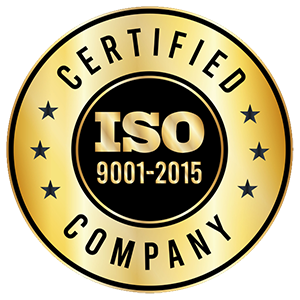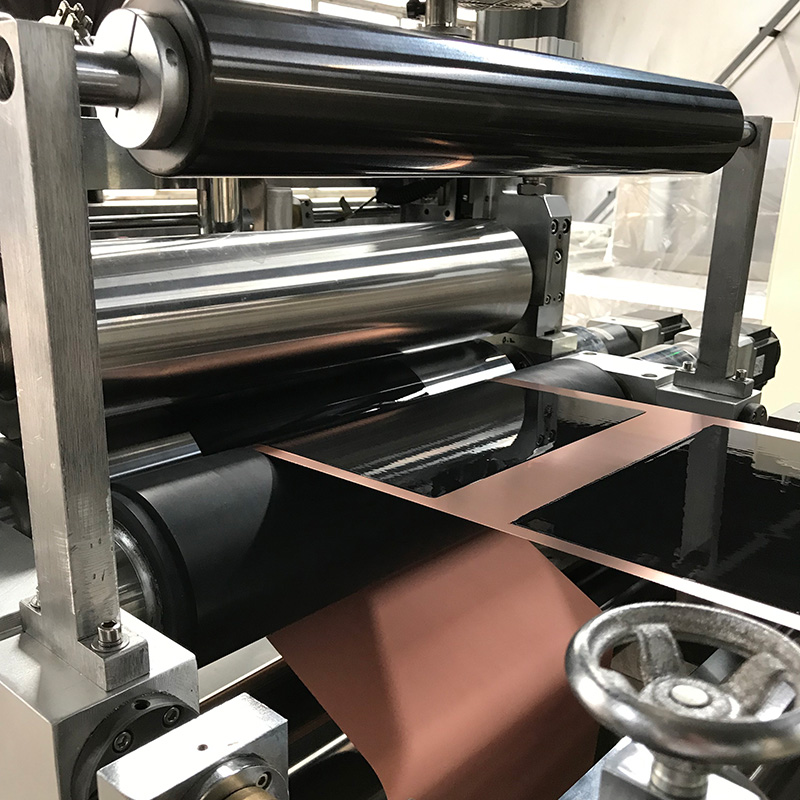Pilot coating is part of a pre-production process that includes experimentation, process development and scale-up. You need to consider implementing this type of process if you want to save time and money while launching new products or improving your existing production.
Overview
Pilot coating is part of a product development process that allows for a product’s initial trial runs before the full launch. This approach utilizes small scale coating lines that simulate high volume manufacturing equipment. Production settings that allow the product to meet performance specification can be established during this process.
This type of developmental coating process involves coating batches or lots that are much smaller as compared to full-scale production runs, thereby providing manufacturers with optimal flexibility to experiment and gather data.
Benefits of Pilot Coating
1. Cost Reduction
A product development strategy utilizing pilot coating requires a fraction of the investment cost and running expenses associated with larger-scale production systems. Still, it achieves quality results through the use of advanced control technologies on a small line that simulates production equipment. In addition, pilot coating is also capable of processing low volumes of product in shorter cycle times compared to traditional high volume production systems making them an ideal solution for companies that experience fluctuating levels of demand or require coating tests before investing in long-term capital projects.
2. Decreases Time Constraints
Developing new products can be a fruitful, but ultimately costly endeavor. The process commonly includes a lot of iterative experimentation and can often take too long to be cost-effective. That’s why pilot coating is essential in many industrial and academic settings. This method drastically reduces time constraints when developing new products since the risk involved in experimenting is diminished, and the results are faster and more accurate.
Furthermore, this technology allows scientists to reduce material usage by testing with lower raw material quantities for similar results compared to traditional experimental methods.
3. Detailed Insights
Pilot coating is an invaluable tool for developing new products and materials. The development of new products that meet performance specifications should involve a trial coating process that is instrumental in determining the necessary adjustments for full-scale production. Pilot coating is a great way to determine production setting limits and to gather abundant data to increase quality assurance when manufacturing.
Additionally, the pilot coating process can effectively illustrate weak points and create opportunities for improvements in quality while still being cost-effective, decreasing expenses due to unnecessary modifications, and maximizing resource utilization throughout manufacturing. Ultimately helping companies create exciting new products that make our lives easier.
4. Increased Efficiency
Pilot coating reduces guesswork and failure associated with trial-and-error methods on high volume production equipment, allowing businesses to quickly develop, test, optimize and scale processes as needed. It reduces time, trouble, and cost by streamlining the experimental process, which can be time-consuming for specific products.
The development cycles are shortened with pilot coating, which leads to quicker product releases that are more cost-effective for businesses in the long run.
Wrapping Up!
As you can see, the pilot coating approach has many benefits in the product development process. By performing this type of approach, companies can save time and money while ensuring that their products meet the highest quality standards. Consider us if you’re looking for a partner to help with your next project. Contact us today to learn more about what we can do for you.



